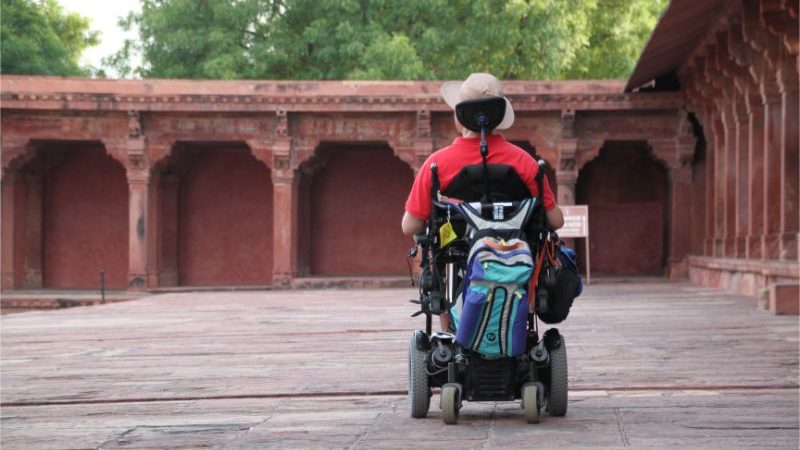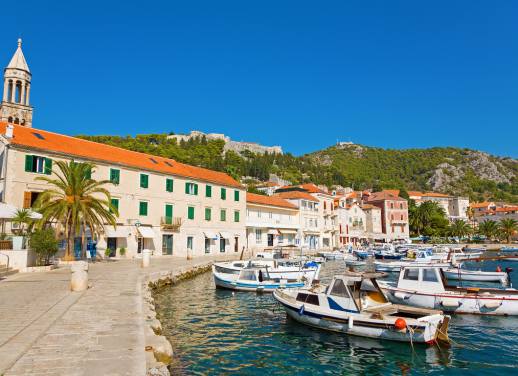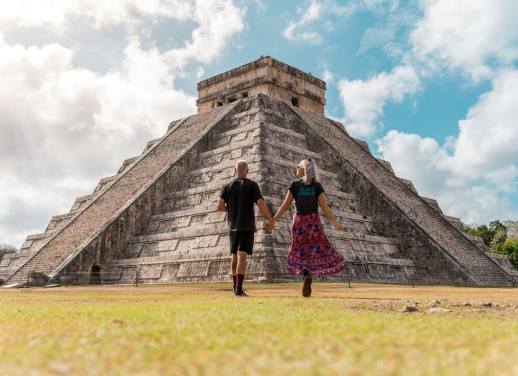Accessible travel means travel with a disability, right? Well, yes and no…
There’s been a lot of talk about “accessible travel” lately – especially since the UNWTO designated World Tourism Day to Tourism for All in 2016. But what exactly is it, and why is it so important?
The easy answer is that a billion people (that’s 15% of the world’s population), lives with some sort of disability, and ensuring equal access to travel is simply the right thing to do. In fact, the first human rights treaty of the 21st century was the Convention on the Rights of Persons with Disabilities, and Article 30 specifically calls for States Parties to ensure that people with disabilities enjoy the benefits of tourism – which will be all too familiar to any reader of this article.
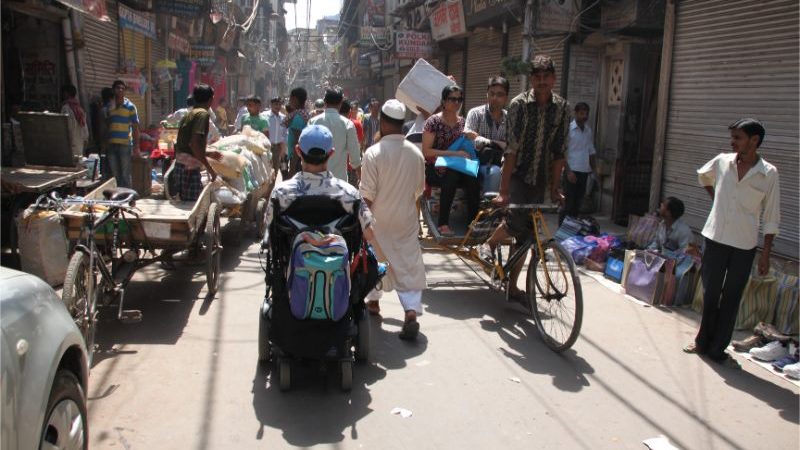
Navigating India’s busy streets.
But accessibility is so much more than “merely” a human rights issue. In fact, tourism professionals are increasingly realising that it offers an economic opportunity by tapping into a market that is neither niche nor small. It’s a misconception that people with a disability don’t travel. We do. Our travel aspirations are very similar to the general population and, although it’s true that the unemployment rate for people with a disability is higher than that for the general population, many of us have jobs and disposable income. South African Tourism’s powerful commercial, featuring a blind tourist, shows how a disabled traveller is actually no different from any other traveller.
A number of studies, in particular one by VisitEngland, have shown that the value of the so-called Purple Pound is already large and, importantly, that it’s growing as a proportion of the overall tourism spend. A recent study for Tourism Australia found that the accessible travel market is already larger than the much-vaunted Chinese inbound market and is growing more quickly! What these studies have also underlined is the “multiplier effect”: people, especially those with a disability, don’t travel alone. For example, I travel with my wife and three children, so if a venue isn’t accessible for me as a wheelchair user, it loses the revenue from not one, but five people.
FIND OUT MORE ABOUT WHAT INTREPID ARE DOING TO MAKE TRAVEL ACCESSIBLE TO EVERYONE HERE
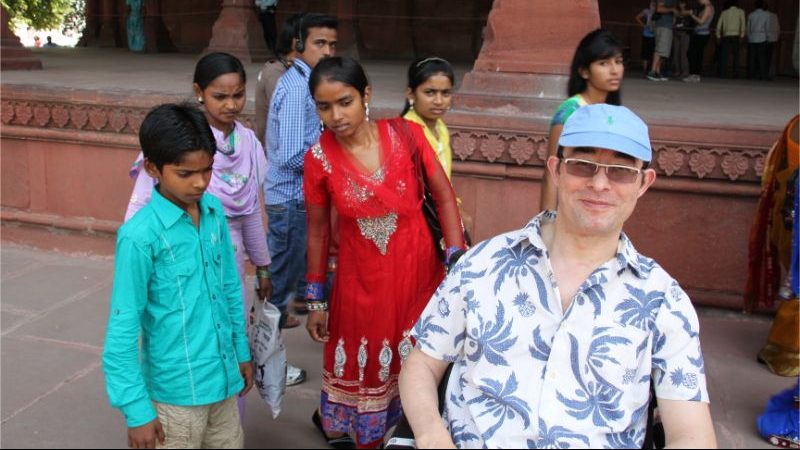
Attracting a bit of interest at the Red Fort.
But with an ageing population in developed countries, it’s fast becoming a social and economic imperative to provide accessible infrastructure, when already one in five people in the US and Australia are living with disability. Rightly or wrongly, the market driver of this segment is actually not people who identify as disabled, but the 40% of people who retire with an acquired disability – a figure that rises to 56% at age 70 and 70% at age 80. Currently, this is the retiring Baby Boomer population – possibly the first generation in human history that won’t be passing on its wealth to its offspring, but instead feels it has earned the right to enjoy a retirement that is lasting longer and longer and, in most cases, involves travel.
Forward-thinking destination management organisations – such as VisitEngland, Visit Flanders, the German National Tourist Board and Catalonia – have already invested significant resources into developing tourism experiences and information portals to enable people with access issues to plan their trips more easily. And their marketing strategies – and, importantly, choice of imagery – are specifically targeting an ageing demographic. To ensure their business remains sustainable, tourism service providers are also increasingly looking to offer accessible travel experiences to cater to this demographic.
RELATED: MEET THE FAMILY TRAVELLING THE WORLD WITH THREE KIDS (AND A WHEELCHAIR)
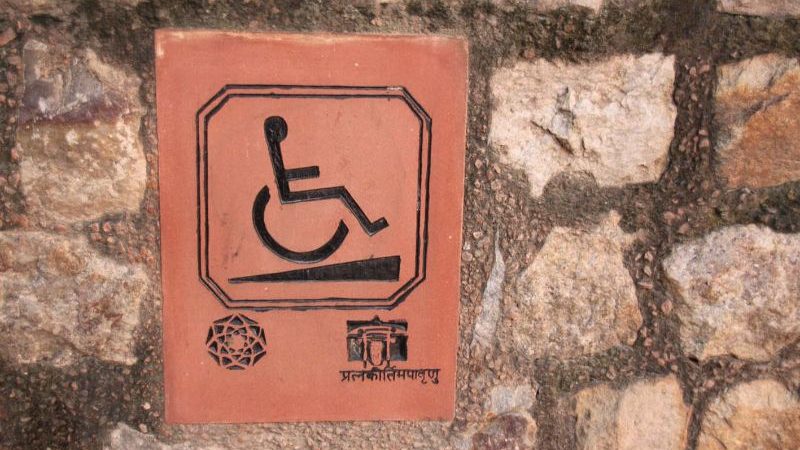
Wheelchair users actually make up less than 10% of the disabled population.
In Australia, and much of the world, we use the term “accessible travel”. But by emphasising access (and with most people equating “disability” with “wheelchair users”), the stress is immediately put on compliance – the costly business of installing ramps and accessible toilets – rather than the opportunity to differentiate and capitalise on a large and growing market. In fact, wheelchair users make up less than 10% of the disabled population. People with vision or hearing impairments outnumber wheelchair users, and people with invisible disabilities – including those living with long-term illness and severe allergies such as coeliac disease – represent up to 75% of the disabled population. Even when considering people with a mobility impairment, there are up to four times more people who don’t use a wheelchair than do. Think of your parents or grandparents, who might not use a cane, but still need a hand rail when negotiating stairs and really appreciate the occasional bench for a rest when wandering around parks and gardens. So when we talk about this travel “segment”, it would be so much better if we used the term “inclusive travel” to put the emphasis on making sure experiences are able to be enjoyed by the widest possible number of people, instead of making them accessible to a relatively small number of wheelchair users.
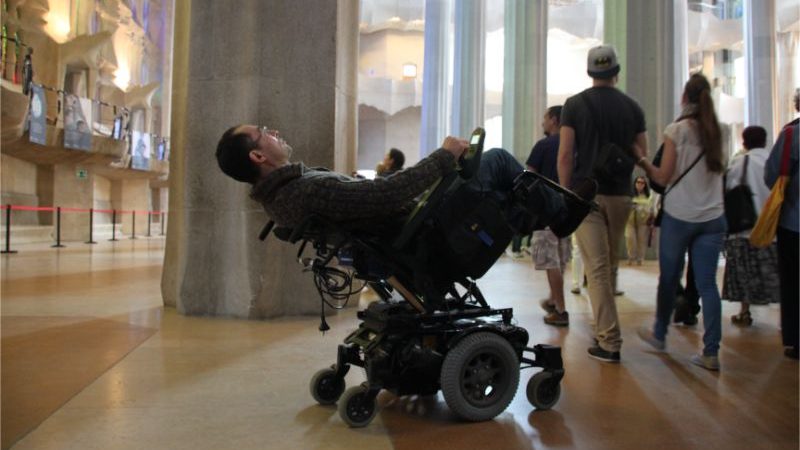
Soaking up the view at the Sagrada Família in Barcelona.
Looking at it this way means there are countless small changes that businesses of all sizes could make that would benefit a wide range of travellers with access needs: assistance dog toileting areas and water bowls; TVs with a captioning option; clear passageways with good colour contrast and signage; large-print black-and-white information materials (ask anyone over 55 about reading fancy menus in dimly lit restaurants…); easy-to-read fonts such as Arial or Helvetica in signage or information materials; hearing loops; telephones that are compatible with hearing aids; vibrating pillow alarms; lowered counters or an occasional table in front of reception to welcome wheelchair-using guests or people of short stature; blocks to adjust the height of beds or tables; making sure cooking and cleaning practices cater for people with food allergies or chemical intolerances… the list goes on.
RELATED: HOW I LEARNED TO STOP WORRYING AND TRAVEL WITH A HEARING IMPAIRMENT
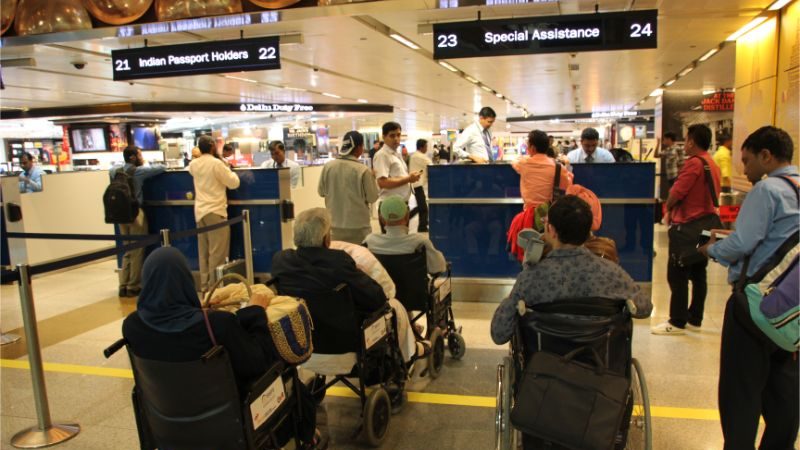
A lowered desk would make situations like this much easier.
And let’s not forget the value of a website that’s accessible for people with disabilities, particularly the vision-impaired (Intrepid Travel are working towards having their website accessible to more people – by aiming for AA Level of Web Content Accessibility Guidelines – by the end of 2020). Because here’s the thing: the greater one’s access needs, the greater the need for planning using detailed and accurate information. But, ironically, relevant and reliable information regarding accessibility is hard to come by; it’s often either missing or hidden away under FAQs.
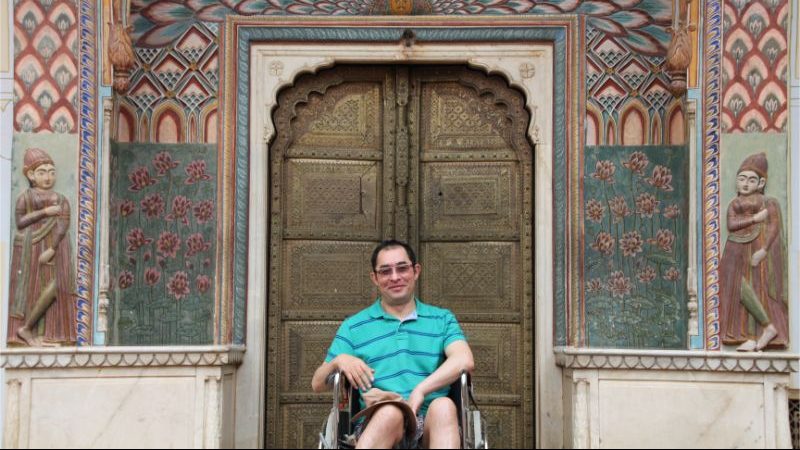
Taking a break from the heat.
What are Intrepid doing to accommodate travellers with disabilities?
Tara Kennaway, who heads up Accessible Travel in Intrepid’s Product team, had this to say. “We know that travellers with disabilities are increasingly looking beyond specialised disability tour operators and want to travel in an authentic, exploratory way with their family, friends and other like-minded people. We still have plenty of work to do to make our trips more accessible and to be able to share our style of exploring the world with as many people as possible. It’s been fantastic to see the engagement of our staff around the globe in this topic, from our sales teams responding to enquiries from travellers with disabilities, our local operators auditing our trips in country, and our group leaders delivering amazing experiences and customer service to our travellers.”
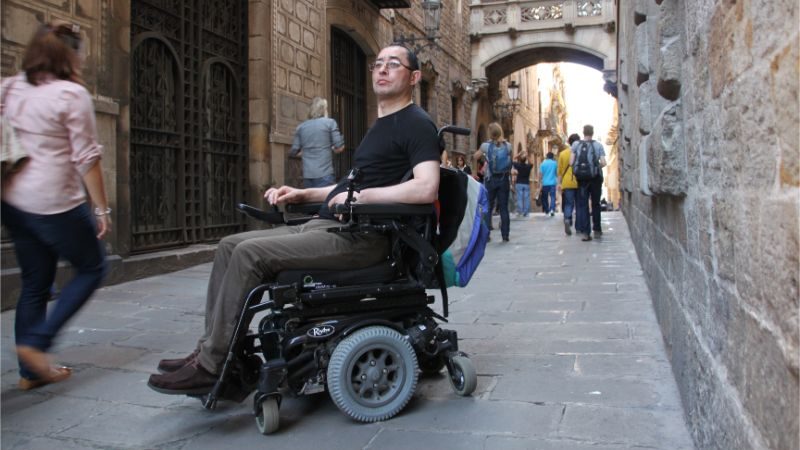
Admiring Spain’s beautiful architecture.
In order to travel independently, trustworthy information is the key and that’s Lonely Planet’s reason for being: to help travellers to get the best out of their trip by providing the information they need to make informed decisions. We have made a modest start by producing access guides to different destinations. Our Accessible Rio de Janeiro guide was supplied to the International Paralympic Committee for visiting athletes; the IPC have already signed up for an Accessible Tokyo guide for the 2020 Olympics and Paralympics. We have exciting plans for this guide as we look to partner with new technology partner What3Words, an innovative navigational mobile app, to get people with a disability exactly where they need to be.
SUBSCRIBE TO INTREPID’S NEWSLETTER FOR TRAVEL TIPS, COMPETITIONS, GIVEAWAYS & MORE
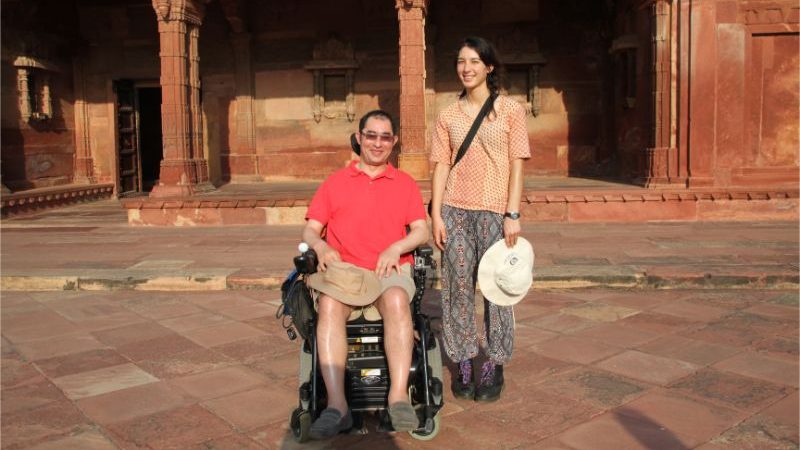
Fatehpur Sikri, India.
I have also curated the world’s largest collection of online resources for travelling with access needs: Accessible Travel Online Resources, which was recognised by the UNWTO in 2016 as one of a handful of examples of best practice in accessible tourism and is now vastly expanded in the current third edition. Lonely Planet’s Accessible Travel Phrasebook contains some 100 words and phrases to assist disabled travellers to make their needs known in 35 languages.
Lonely Planet also publish online articles by disabled travel bloggers (including yours truly) and regularly share and promote the cause to our huge social media following, leveraging our authority in a positive way, in the hope that this will create a knock-on effect. Judging by a recent survey of followers, in which 43% told us they want it to hear more about accessible travel, it looks as though we’re on the right track.
Intrepid is committed to making travel widely accessible, regardless of ability or disability. If joining a group trip is not practical we may be able to provide you with a private departure. Please contact our sales team for further information on any of our itineraries.
All images C/O Martin Heng.

